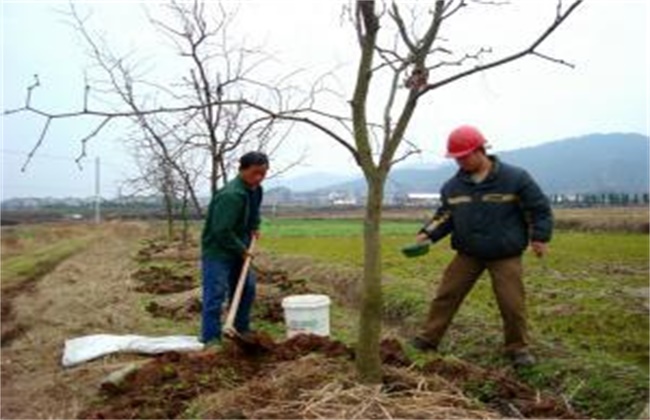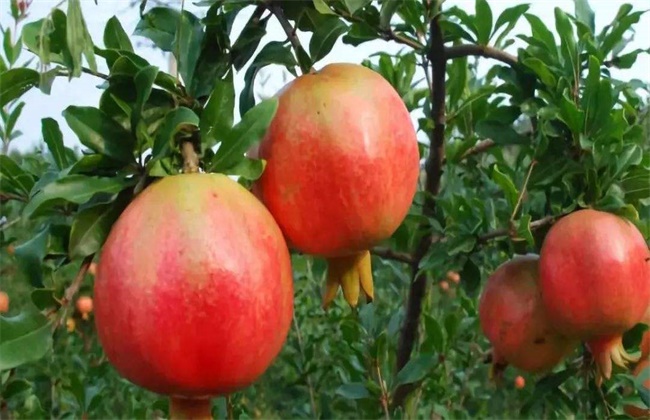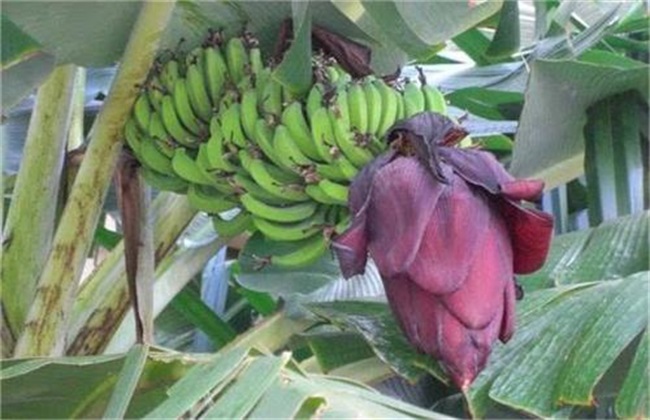Key points of post-harvest management of jujube
The management of jujube trees after harvest is often ignored by fruit growers. Although jujube trees grow nutritionally during this period, the photosynthesis of leaves is still going on, and photosynthates are constantly transported to roots, branches, stems and other organs for storage to accumulate nutrients for the tree and enhance its cold resistance. Therefore, the management of jujube after harvest is very important in the management of the whole year. Do a good job of cultivation and management in this period to lay a solid foundation for high yield and high quality in the coming year. Let's take a look at it.

1. Soil improvement and fertilization
After picking, it is necessary to turn the soil deeply, which can not only improve the physical and chemical structure of the soil, promote the root expansion and deep root, enhance the healthy growth of the tree, but also turn the residual branches and diseased leaves as well as fallen fruits and weeds into the soil as fertilizer. In general, deep ploughing and soil improvement is carried out with the application of base fertilizer in autumn, and the suitable ploughing depth is 20~25cm. The base fertilizer should be mainly farm manure and fermentation, and the appropriate amount of phosphate fertilizer should be supplemented according to the soil fertility, which can be ploughed and spread, ring ditch or radial ditch.
2. Clear the garden in autumn and winter
Diseases and insect pests mainly survive the winter in the branches of diseases and insect pests and cracks in the rough skin of jujube trees, so it is necessary to prune these dead branches in time, scrape off the old warped skin and clean the ground of rotten berries and weeds, and burn them or bury them deeply. After cleaning, stone-sulfur mixture was sprayed in the whole garden, and fungicides, such as carbendazim, were sprayed on the ground under the trees to further reduce the number of diseases and pests through insecticidal and sterilization treatment. Because the plant has fallen leaves in this period, the use of drugs is not easy to cause drug damage, so we can appropriately increase the concentration of drugs to play a better effect.
3. The trunk is painted white or tied with grass
After the defoliation of the plant, whitening or binding grass is applied at the base of the trunk and big branch, which not only plays a role in preventing cold, but also can treat insect pests such as overwintering scale in the trunk. Remove the grass and burn it clean after the beginning of spring the following year, which can eliminate a large number of overwintering pests and eggs parasitic in the grass handle.
4. Shaping and pruning
Through shaping and pruning, cultivating and adjusting tree structure, rational layout and improving lighting conditions. For dense branches, crossed branches and overlapping branches, all should be removed to keep the canopy ventilated and transparent. For the senescent branch group and the overgrown branch, the method of heavy amputation or retraction can be adopted to promote the germination of new branches and improve the quality of flower bud differentiation every year.
The above is the introduction of the key points of jujube post-harvest management. I hope it can help you. If you want to know more about it, please follow us.
Related
- Moge, come on! The staff of the peasant association in the producing area of cantaloupe were frightened when the crowd gathered.
- Causes and Solutions of low Fruit setting rate of Apple
- Symptoms and control measures of passion fruit virus disease
- Fruit growing lesson: how do apple orchards keep high yields?
- Can you build orchards in the mountains? What are the pros and cons?
- How to manage the coloring period of Crisson grape?
- This paper introduces the processing technology of two kinds of fig products.
- How much is a month for retired teachers in rural areas by 2020?
- How can strawberry planting increase sugar content? We should pay attention to management in many aspects.
- What are the cultivation techniques on how to improve the yield of golden fruit?



